Chinese Ghost Cities, American Ghost Towns. Both will haunt us.
| Grow, grow, grow! Every nation seeks GDP growth to appease their populace and to keep the wheels of their debt-based economy spinning. China is no exception, and this story of its ever expanding real estate bubble shows that they might have chased that growth dream a little too far. - An empty concrete cube in the sky. A bar of yellow or grey metal. Which do you think will help you survive the impending crisis ahead? |
-
Over in the U.S. the situation is no better, even after the massive bailouts, near zero interest rates and relentless money printing. These data from 24/7Wallstreet highlights some of the American Ghost Towns of the 21st century. Each has a population of more than 10,000 along with vacancy rates of more than 55%, according to the 2010 U.S. Census.
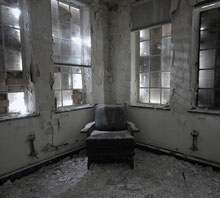 |
Lake County, Mich. Number of homes: 14,966 Vacancy rate: 66% Population: 11,014 Located in central Michigan, a few hour’s drive from the industrial cities of Flint, Pontiac and Detroit. It has been a vacation destination since the early years of the car industry. Many of those second home owners are now gone. This has helped drive nearly 20% of the residents below the poverty level and the median household income to under $27,000 a year |
 |
Vilas County, Wis. Number of homes: 25,116 Vacancy rate: 62% Population: 21,919 Located at the uppermost part of Wisconsin, near the border of the Northern Peninsula of Michigan. A significant part of the county’s economy depends on the logging, forestry and construction industries, each of which struggled during the recession. |
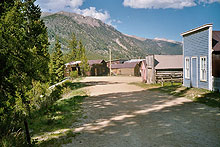 |
Summit County, Colo. Number of homes: 29,842 Vacancy rate: 61% Population: 26,843 Summit County sits northwest of the Pike National Forest and due west of Denver. The area is near to several major ski resorts. |
 |
Worcester County, Md. Number of homes: 55,749 Vacancy rate: 60% Population: 49,274 The twin engines of county’s economy are tourism and agriculture. Experts believe the tourism business in Maryland’s Eastern Shore could stay crippled for years. |
 |
Mono County, Calif. Number of homes: 13,912 Vacancy rate: 59% Population: 12,774 Mono County sits near the Sierra Nevada and Yosemite National Parks. Like most of the other counties on this list, tourism is a major source of revenue for its economy. |
 |
Dare County, N.C. Number of homes: 33,492 Vacancy rate: 57% Population: 95,828 Dare County includes the northern-most parts of North Carolina’s Outer Banks. Vacant homes irreparably undermine the tax base. And, as services fall, fewer potential homeowners will consider investing in the area. |
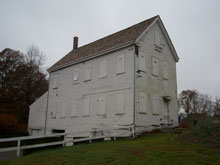 |
Dukes County, Mass. Number of homes: 17,188 Vacancy rate: 57% Population: 15,527Dukes County encompasses the island of Martha’s Vineyard in Massachusetts. The enemy of the local budget is falling property values. Vacationers still flock to the resort island in the summer as do seasonal workers. The county is close to deserted when the weather turns cold. |
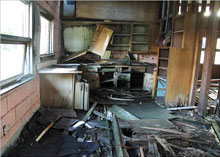 |
Sawyer County, Wis. Number of homes: 15,975 Vacancy rate: 56% Population: 17,117 Sawyer is a fishing and biking destination, and has suffered from a drop in travelers from the southern part of the state. The Hayward Community School District, located in Sawyer, will probably close one of its elementary schools. |
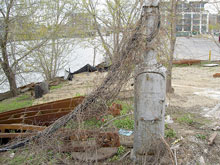 |
Burnett County, Wis. Number of homes: 15,278 Vacancy rate: 55% Population: 16,196 Burnett County is at the western most part of Wisconsin near Minneapolis. Cuts in the Wisconsin State budget will lower state aid. This has probably been an important reason vacancy rates in rural tourist areas in Wisconsin are so high. |
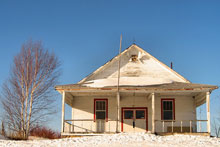 |
Aitkin County, Minn. Number of homes: 16,029 Vacancy rate: 54% Population: 15,736 Aitkin County attracts visitors in summer when fishing is popular and in winter when snowmobilers come north. These tourism dependent regions may take longer to recover than some industrialized cities. |




 More Charts: 1-Month, 1-Year, 5-Year, 10-Year
More Charts: 1-Month, 1-Year, 5-Year, 10-Year More Charts: 1-Month, 1-Year, 5-Year, 10-Year
More Charts: 1-Month, 1-Year, 5-Year, 10-Year

This is a ridiculous article, as apparently all of these towns are seasonal vacation destinations. Of course they are largely vacant when the census counts occupancy.